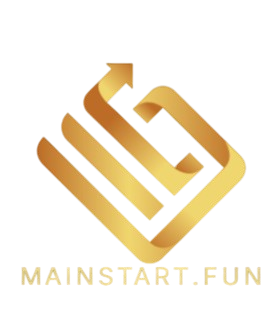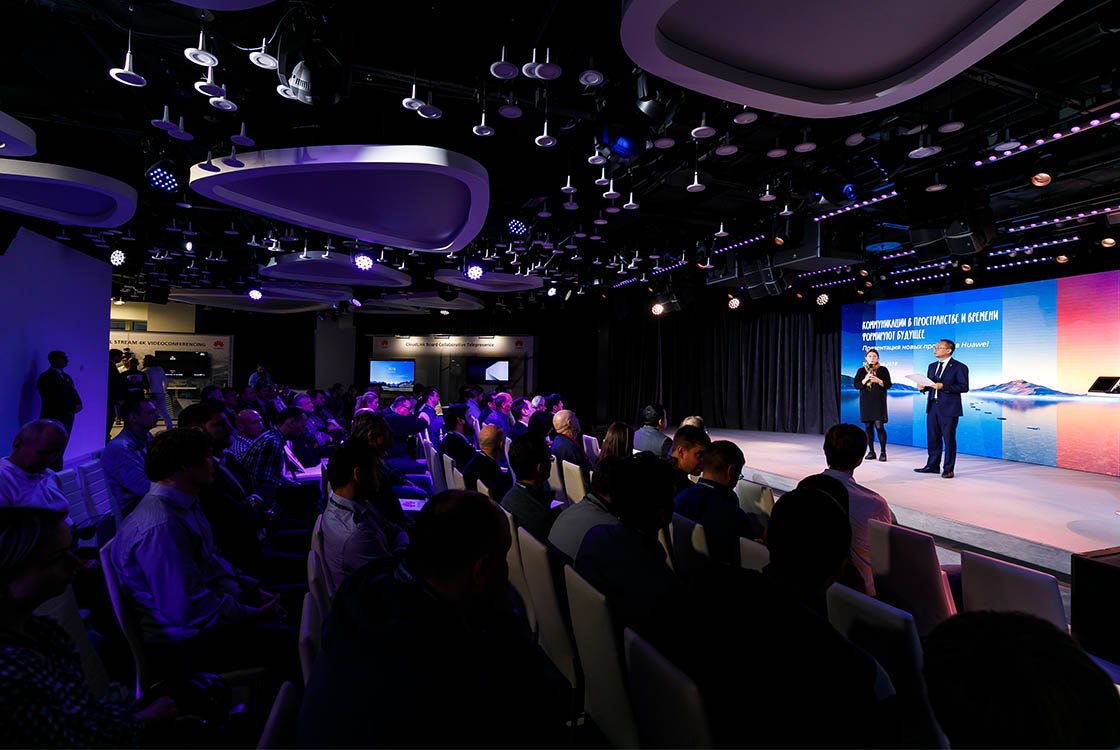Mistake #1: Lack of Preparation
Attending a business event without prior preparation is one of the most common missteps that participants often make. This lack of readiness can significantly hinder the overall experience and prevent attendees from fully leveraging the opportunities that such events present. One of the fundamental steps in preparing for a business event is conducting thorough research on the event itself. This includes gaining an understanding of the agenda, the speakers, and the topics that will be discussed. Knowledge about these elements allows participants to engage more effectively and identify key areas of interest.
Furthermore, setting clear objectives before attending the event is crucial. Participants should define what they hope to achieve—whether it is networking with industry leaders, acquiring new skills, or gaining insights into emerging trends. By establishing specific goals, attendees can tailor their approach and make informed decisions during the event.
Another significant aspect of preparing for a business event is the formulation of questions or discussion topics ahead of time. Engaging in thoughtful dialogue can lead to meaningful connections and an enriched learning experience. Developing open-ended questions can facilitate conversations with fellow participants, allowing for richer exchanges of ideas and experiences. Additionally, bringing relevant materials, such as business cards or brochures, can enhance networking efforts and leave a lasting impression.
Finally, practicing effective time management is essential in preparation. Create a plan that outlines which sessions to attend, when to network, and how to allocate time for breaks. By adhering to a structured approach, participants can maximize their time at the event. In conclusion, adequate preparation is the foundation of a successful business event experience, allowing participants to seize opportunities and make meaningful connections.
Mistake #2: Not Engaging with Others
One of the most prevalent mistakes made by participants at business events is failing to actively engage with other attendees. Networking plays a crucial role in maximizing the benefits of these gatherings, as it provides opportunities to share ideas, resources, and potential collaborations. Engaging with others can lead to meaningful connections that may enhance one’s professional growth, thus making effective participation essential.
Initiating conversations can be intimidating for some, but it is a skill that can be developed through practice. A good strategy for starting a dialogue is to approach someone with a friendly smile and an open demeanor. A simple introduction followed by a comment about the event or a question can be an excellent icebreaker. For instance, participants might consider asking what brought others to the event or what topics they found most intriguing. These open-ended questions facilitate deeper discussions and display genuine interest in the perspectives of others, paving the way for richer exchanges.
Effective listening is just as important as initiating conversations. Attendees should demonstrate active listening by nodding, maintaining eye contact, and asking follow-up questions based on what the other person shares. This not only affirms the speaker’s thoughts but also helps in establishing a rapport. When individuals focus on building relationships rather than merely collecting business cards, they are more likely to create lasting connections that can lead to fruitful collaborations in the future. In essence, the focus should be on creating and nurturing relationships that can endure well beyond the confines of the event.
Mistake #3: Overloading on Information
In today’s fast-paced business environment, participants often make the mistake of attempting to absorb excessive information during events. This eagerness can lead to cognitive overload, making it difficult to retain key takeaways. Recognizing the importance of managing information flow is crucial for optimizing the event experience.
One effective strategy to avoid the pitfalls of information overload is to prioritize key sessions. Before attending an event, participants should review the agenda and identify which presentations or workshops align best with their current needs and goals. By focusing on pivotal topics, attendees can concentrate their efforts on acquiring meaningful insights rather than attempting to grasp everything at once.
Another valuable tactic is engaging in active note-taking. Instead of transcribing every word, participants should summarize critical points and personal reflections during sessions. This method not only aids retention by forcing the brain to process information actively but also creates a personalized resource that can be referred back to after the event. Using visual elements like diagrams or bullet points can further enhance the clarity of notes and make them easier to review.
Post-event reflection is equally important. Taking time to digest the information received allows participants to synthesize their learning effectively. Setting aside moments to review notes and highlight the most relevant insights encourages deeper understanding and fosters long-term retention. Additionally, discussing key takeaways with colleagues or peers can reinforce learning and provide different perspectives that enrich the experience.
By implementing these strategies—prioritizing sessions, practicing effective note-taking, and reflecting on learned material—participants can effectively manage the flow of information. This proactive approach minimizes overwhelm and maximizes the potential for retention, ultimately leading to a more productive and fulfilling event experience.
Mistake #4: Failing to Follow Up
One of the most significant missteps that participants in business events often make is failing to follow up with the connections they make during the proceedings. This lack of follow-up can lead to missed opportunities for collaboration, partnerships, and potential business growth. The initial spark of a conversation can become meaningless without the subsequent effort to nurture it into a long-term relationship.
Timely and personalized communication plays a critical role in effective follow-up strategies. Immediately after the event, participants should aim to categorize and prioritize their contacts. A well-structured approach includes sending a thank-you email to individuals met during the event, ideally within 24 to 48 hours. This email should reference specific points discussed during your conversation, enhancing its personal touch and demonstrating genuine interest.
Moreover, maintaining relationships after the initial meeting is essential for sustaining a network. Participants should leverage tools such as relationship management software or simple calendar reminders to ensure consistent engagement with their contacts. Scheduling periodic check-ins, sharing relevant articles, or inviting connections to future events are all effective methods to keep the relationship active.
Social media platforms like LinkedIn serve as beneficial tools to connect and communicate with new acquaintances and maintain visibility. By sharing insights, articles, or engaging in discussions related to their field, participants can remind their connections of their expertise. This continuous engagement helps to reinforce the network established during business events and promotes a collaborative atmosphere.
By consciously investing time and effort into the follow-up process, business event participants can transform initial meetings into meaningful partnerships that extend well beyond the confines of the event itself. Ensuring that every new connection is valued through thoughtful communication is pivotal for future business success.


No responses yet